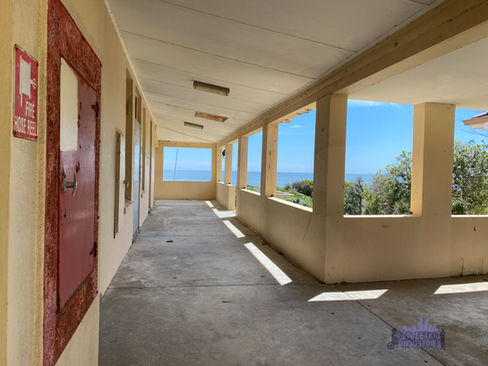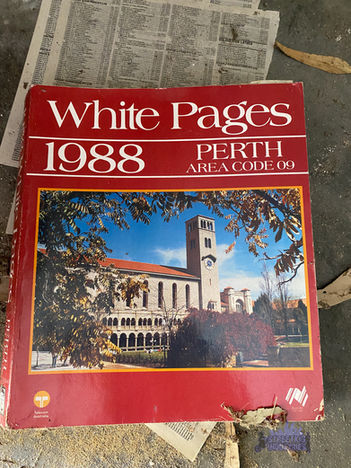McCall Centre Cottesloe
Tucked away on Curtin Avenue in Cottesloe, the McCall Centre had a long history as a well-known government-run residential facility, offering care and support to young people who couldn’t live at home, although the site initially served a very different purpose.
The original two-storey building was constructed in 1926, designed as a Cable Station by Samuel Rosenthal, a prominent Perth architect. It handled Western Australia’s communications with London via a submarine cable, serving as a key link between Western Australia and the rest of the world during the early 20th century.
During World War II, a dedicated air-raid shelter was built across the road to house duplicate cable equipment, ensuring operations could continue if the main building was bombed. This shelter, often described as a gun emplacement or ‘pillbox,’ was later filled in during the construction of the Vlamingh Memorial at Cottesloe in 1973.
2020

The Cable Station continued operating well beyond the 1950s under the Overseas Telecommunications Commission, maintaining vital submarine cable communications across the world.
The Cottesloe Cable Station officially stopped its telecommunications services on 31 July 1966, after the last submarine cable connection through the Cocos Islands was closed. Some of the station's technical equipment remained in use until the late 1960s, with the Overseas Telecommunications Commission continuing to use the site for receiving and relaying radio messages.
The Department for Community Welfare’s McCall Centre first opened on 3 May 1971 in temporary accommodation in West Perth. It was set up for 20 boys aged 6 to 12 who couldn’t stay in foster care or live at home. The boys were described as being emotionally disturbed and were placed there for long-term residential care.
2021

.png)



















































